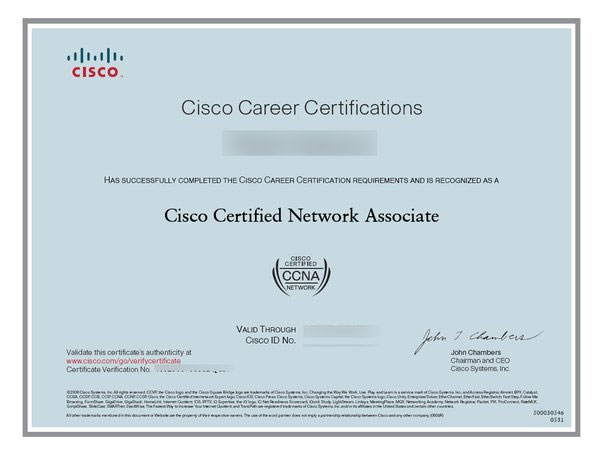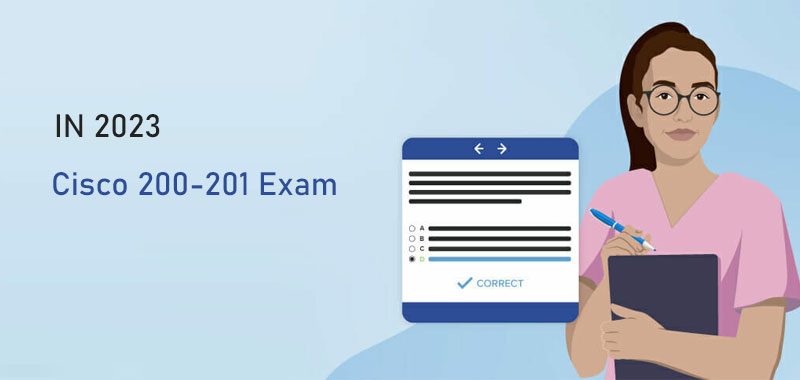Latest and most accurate Cisco 400-101 exam study material and real exam practice questions and answers, Cisco 400-101 certification exam material 400-101 exam dumps, http://www.leads4pass.com/400-101.html best Cisco 400-101 study materials are written according to the latest real IT exams. All the questions and answers are revised by the skillful experts. 100% success and guarantee to pass 400-101 exam test easily at first try.
Question No : 1
Refer to the exhibit.

Which statement about the output is true?
A. The flow is an HTTPS connection to the router, which is initiated by 144.254.10.206.
B. The flow is an HTTP connection to the router, which is initiated by 144.254.10.206.
C. The flow is an HTTPS connection that is initiated by the router and that goes to 144.254.10.206.
D. The flow is an HTTP connection that is initiated by the router and that goes to 144.254.10.206.
Answer: A
Explanation:
We can see that the connection is initiated by the 400-101 Source IP address shown as 144.254.10.206. We also see that the destination protocol (DstP) shows 01BB, which is in hex and translates to 443 in decimal. SSL/HTTPS uses port 443.
Question No : 2
What is the cause of ignores and overruns on an interface, when the overall traffic rate of the interface is low?
A. a hardware failure of the interface
B. a software bug
C. a bad cable
D. microbursts of traffic
Answer: D
Explanation:
Micro-bursting is a phenomenon where rapid bursts of data packets are sent in quick succession, leading to periods of full line-rate transmission that can overflow packet buffers of the network stack, both in network endpoints and routers and switches inside the network.
Symptoms of micro bursts will manifest in the form of ignores and/ or overruns (also shown as accumulated in “input error” counter within show interface output). This is indicative of receive ring and corresponding packet buffer being overwhelmed due to data bursts coming in over extremely short period of time (microseconds). You will never see a sustained data traffic within show interface’s “input rate” counter as they are averaging bits per second (bps) over 5 minutes by default (way too long to account for microbursts). You can understand microbursts from a scenario where a 3-lane highway merging into 400-101 a single lane at rush hour – the capacity burst cannot exceed the total available bandwidth (i.e. single lane), but it can saturate it for a period of time.
Question No : 3
Refer to the exhibit.

Routers R1 and R2 are configured as shown, and traffic from R1 fails to reach host 209.165.201.254.
Which action can you take to correct the problem?
A. Ensure that R2 has a default route in its routing table.
B. Change the OSPF area type on R1 and R2.
C. Edit the router configurations so that address 209.165.201.254 is a routable address.
D. Remove the default-information originate command from the OSPF configuration of R2.
Answer: A
Explanation:
Not sure that any of these answers are correct, it appears that this configuration is valid for reaching that one specific host IP. Answer A does have a route to that host so it would not need a default route to get to 400-101 it. Choice B is incorrect as the area types have nothing to do with this. C is incorrect as that IP address is routable, and D is needed so that R1 will have a default route advertised to it from R2 so that it can reach this destination.
Question No : 4
Which statement describes the purpose of the Payload Type field in the RTP header?
A. It identifies the signaling protocol.
B. It identifies the codec.
C. It identifies the port numbers for RTP.
D. It identifies the port numbers for RTCP.
Answer: B
Explanation:
PT, Payload Type. 7 bits: Identifies the format of the RTP payload and determines its interpretation by the application. A profile specifies a default static mapping of payload type codes to payload formats. Additional payload type codes may be defined dynamically through non-RTP means. An RTP sender emits a single RTP payload type at any given time; this field is not intended for multiplexing separate media streams.
Question No : 5
How many hash buckets does Cisco Express Forwarding use for load balancing?
A. 8
B. 16
C. 24
D. 32
Answer: B
Explanation:
In order to understand how the 400-101 load balance takes place, you must first see how the tables relate. The Cisco Express Forwarding table points to 16 hash buckets (load share table), which point to the adjacency table for parallel paths. Each packet to be switched is broken up into the source and destination address pair and checked against the loadshare table.
Read more: http://www.leads4pass.com/400-101.html Cisco 400-101 CCIE is the industry leader in information technology, and getting certified by them is a guaranteed way to succeed with IT careers. We help you do exactly that with our high quality Cisco CCIE CCIE Routing and Switching Written v5.0 training materials.
Best Cisco 400-101 exam pdf free download: https://drive.google.com/open?id=0B7LFs7RuvDV4Tl9UUWxraG5LVkk


